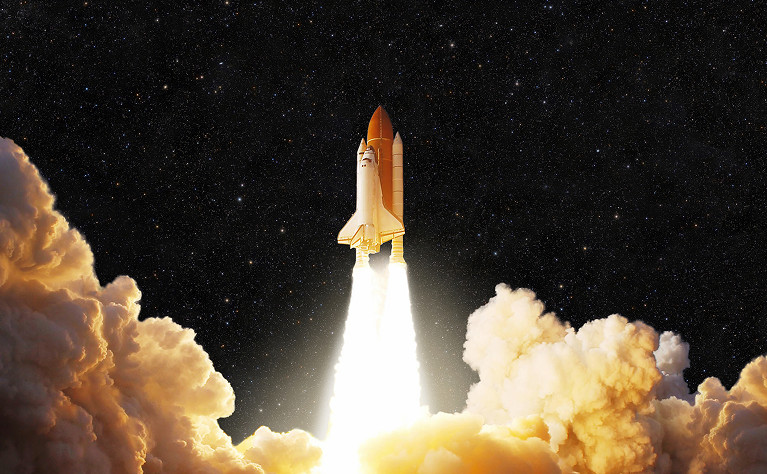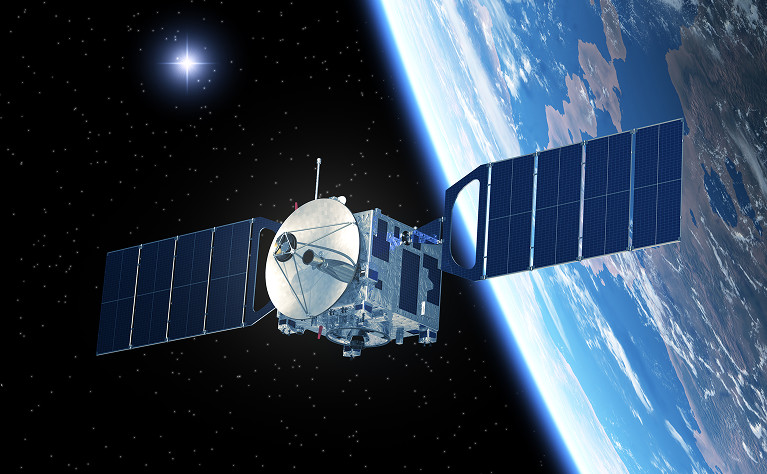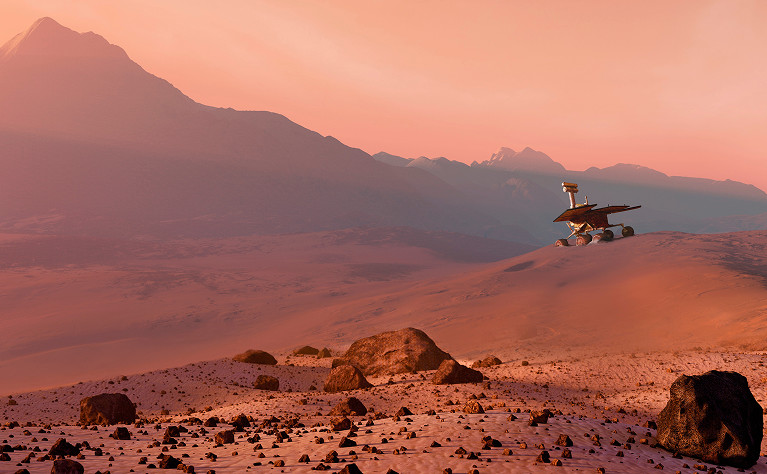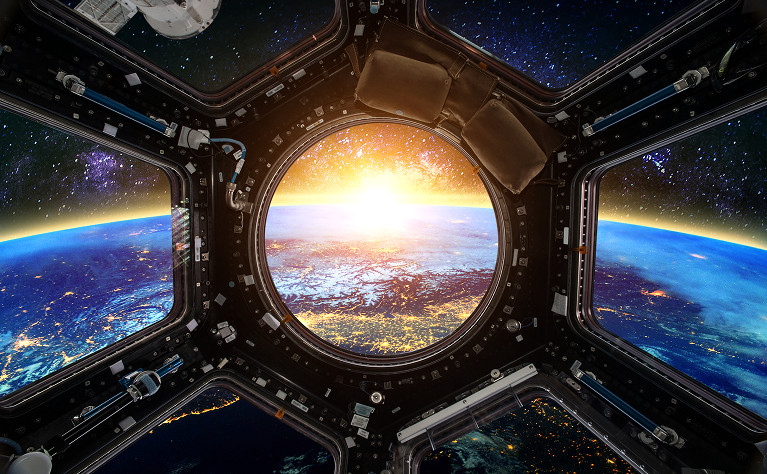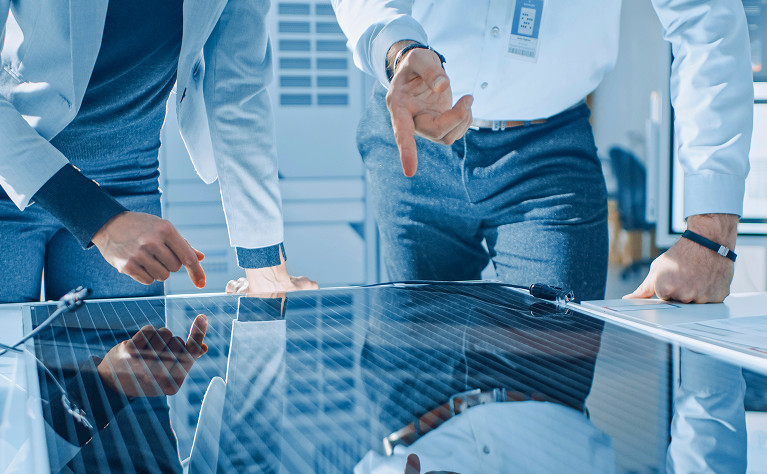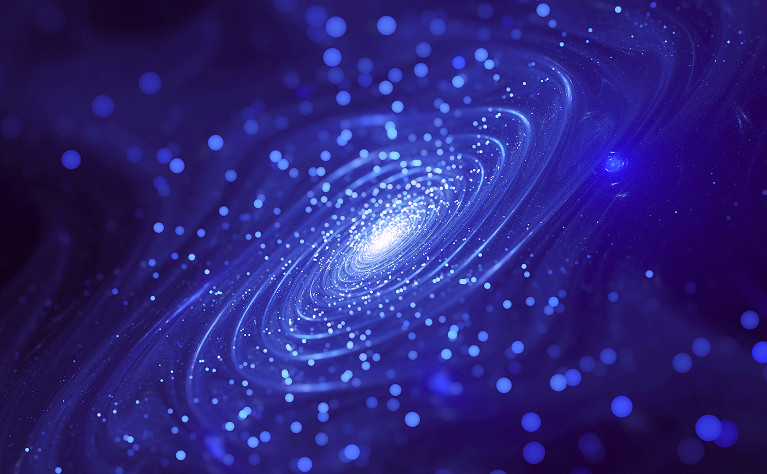KASA and MOFA Co-host the Global New Space Forum
-The Global New Space Forum will be held from December 4-5 to Support the Global Market Expansion of Korean Space CompaniesThe Korea Aerospace Administration KASA and the Ministry of Foreign Affairs MOFA will co-host the Global New Space Forum in Seoul and Daejeon from December 4 to 5, bringing together space-related agencies from countries involved in space development, as well as Korean space companies. New Space refers to the approach where private companies, rather than the governments, take the lead space development efforts.This event aims to create opportunities for Korean space companies to expand into global market and collaborate with international space agencies. Approximately 40 Korean companies will participate, alongside representatives from 16 countries* across the Middle East, Latin America, Central Asia, Europe, and Oceania, and the United States.*16 Countries : The U.S, Egypt, the UAE, Bahrain, Algeria, Brazil, Argentina, Kazakhstan, Uzbekistan, Lithuania, Denmark, Luxembourg, the EU, Finland, New Zealand, and Japan.On the first day, December 4, Maged Ismail, CEO of the Egyptian Space Agency EgSA, will deliver a keynote speech on the "Arab-African Space Cooperation Strategy". The forum will explore global collaboration opportunities in various space industry sectors, including global visions and strategies for space cooperation, space transportation, satellite ecosystems, space services, and space exploration. One-on-one meetings between Korean companies and international agencies will also be arranged.On the second day, December 5, foreign space agencies will visit the Satellite Integration and Test Center at the Korea Aerospace Research Institute KARI and the Space Weather Research Center at the Korea Astronomy and Space Science Institute KASI, both located in Daejeon, to experience Koreas space capabilities firsthand.Han Minyoung, Director General for the Climate Change, Energy, Environment and Scientific Affairs Bureau at MOFA, stated, "In the space industry, foreign government contracts are typically large in scale, which makes it challenging for Korean startups to directly engage with foreign government agencies and obtain essential information." She added, "MOFA aims to provide tangible support to help our companies expand into the global space market."Lee Jaehyung, Director General at the Planning and Coordination Department at KASA, explained, "This forum will be a significant step in fostering a private sector-led space industry ecosystem that KASA envisions." He added, "We are committed to actively supporting networking and collaboration to help promising domestic companies showcase their exceptional technologies on the global stage and turn those innovations into meaningful business outcomes."Meanwhile, KASA and MOFA also organized private-sector delegations of Korean space companies in April and July this year, visiting the United States and three Southeast Asian countries to provide networking opportunities between foreign agencies and Korean companies.
2025-12-02
